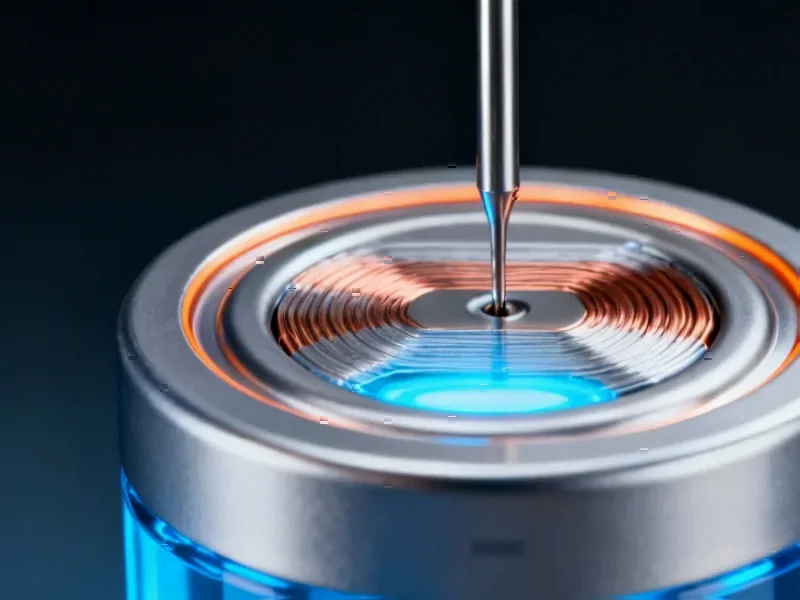Breakthrough Imaging Technology Illuminates Early Human Development
For decades, scientists have struggled to observe the earliest stages of human development directly. The challenges of studying live human embryos—both ethical and technical—have left significant gaps in our understanding of how life begins. Now, a groundbreaking study published in Nature Biotechnology has overcome these barriers with an innovative imaging pipeline that reveals previously unseen cellular processes during human preimplantation development.
Table of Contents
- Breakthrough Imaging Technology Illuminates Early Human Development
- The Technical Breakthrough: Long-term 3D Fluorescent Imaging
- Surprising Discoveries in Embryonic Cell Division
- Implications for Chromosomal Instability Research
- Broader Applications Beyond Embryology
- Future Directions in Embryo Research
The Technical Breakthrough: Long-term 3D Fluorescent Imaging
Researchers led by Abdelbaki and colleagues have developed a sophisticated method for labeling and tracking human embryos throughout their early development stages. This non-invasive approach allows for continuous 3D monitoring without compromising embryo viability, representing a significant advancement over previous imaging techniques that either disrupted development or provided limited temporal resolution.
The system captures detailed cellular dynamics across multiple days of development, enabling researchers to observe processes that were previously invisible. This technological leap addresses the critical challenge of sample scarcity in human embryo research while providing unprecedented clarity into developmental mechanisms.
Surprising Discoveries in Embryonic Cell Division
The most striking findings from this research concern the frequency and nature of cell division errors during preimplantation development. Contrary to previous assumptions about early embryonic perfection, the researchers observed:
- Frequent mitotic errors occurring during the final stages of preimplantation development
- Micronuclei formation—small structures containing chromosomal material outside the main nucleus
- Continued viability of cells despite these chromosomal abnormalities
- Persistent contribution of affected cells to blastocyst formation
Perhaps most surprisingly, cells with these chromosomal irregularities not only survived but continued to divide and participate in embryonic development. This challenges conventional understanding of quality control mechanisms in early human embryos.
Implications for Chromosomal Instability Research
The observation of micronuclei formation in viable embryonic cells provides crucial insights into the origins of chromosomal instability. Micronuclei have been associated with various developmental disorders and genetic conditions, but their presence and persistence in normally developing human embryos was previously undocumented., as additional insights, according to market analysis
This research suggests that early human development may be more tolerant of chromosomal abnormalities than previously thought, with potential implications for understanding both normal development and developmental disorders. The findings could reshape how researchers approach the study of genetic stability during the earliest stages of life.
Broader Applications Beyond Embryology
While the immediate applications concern reproductive medicine and developmental biology, the imaging technology developed for this study has far-reaching potential. The methodology could be adapted for studying other rare and delicate biological samples where traditional imaging approaches prove insufficient.
Researchers in cancer biology, stem cell research, and tissue engineering could benefit from similar non-invasive long-term imaging approaches. The ability to monitor delicate biological processes over extended periods without disruption opens new avenues across multiple scientific disciplines.
Future Directions in Embryo Research
This research establishes a new paradigm for studying human development with potential applications in:
- Improving in vitro fertilization success rates
- Understanding the origins of developmental disorders
- Advancing prenatal diagnostics
- Developing new reproductive technologies
As imaging technologies continue to advance, researchers anticipate being able to answer fundamental questions about human development that have remained mysteries for generations. The ability to observe development in real-time, without disruption, represents a transformative moment for developmental biology and reproductive medicine.
The study marks a significant step toward understanding the complex dance of cell division and differentiation that transforms a single cell into a complete human being. As researchers continue to refine these imaging techniques, we can expect even more revelations about the earliest stages of human life.
Related Articles You May Find Interesting
- New AI Framework GraphPep Transforms Peptide Drug Discovery Through Interaction-
- NVIDIA’s Orbital Computing Leap: Space-Based AI Data Centers Promise Unlimited P
- Global Auto Industry Braces for Production Halts as Chip Control Dispute Escalat
- Musk Seeks Trillion-Dollar Compensation to Maintain Influence Over Tesla’s Futur
- OpenAI’s ChatGPT Atlas Redefines Web Browsing with Integrated AI Assistant
This article aggregates information from publicly available sources. All trademarks and copyrights belong to their respective owners.
Note: Featured image is for illustrative purposes only and does not represent any specific product, service, or entity mentioned in this article.



